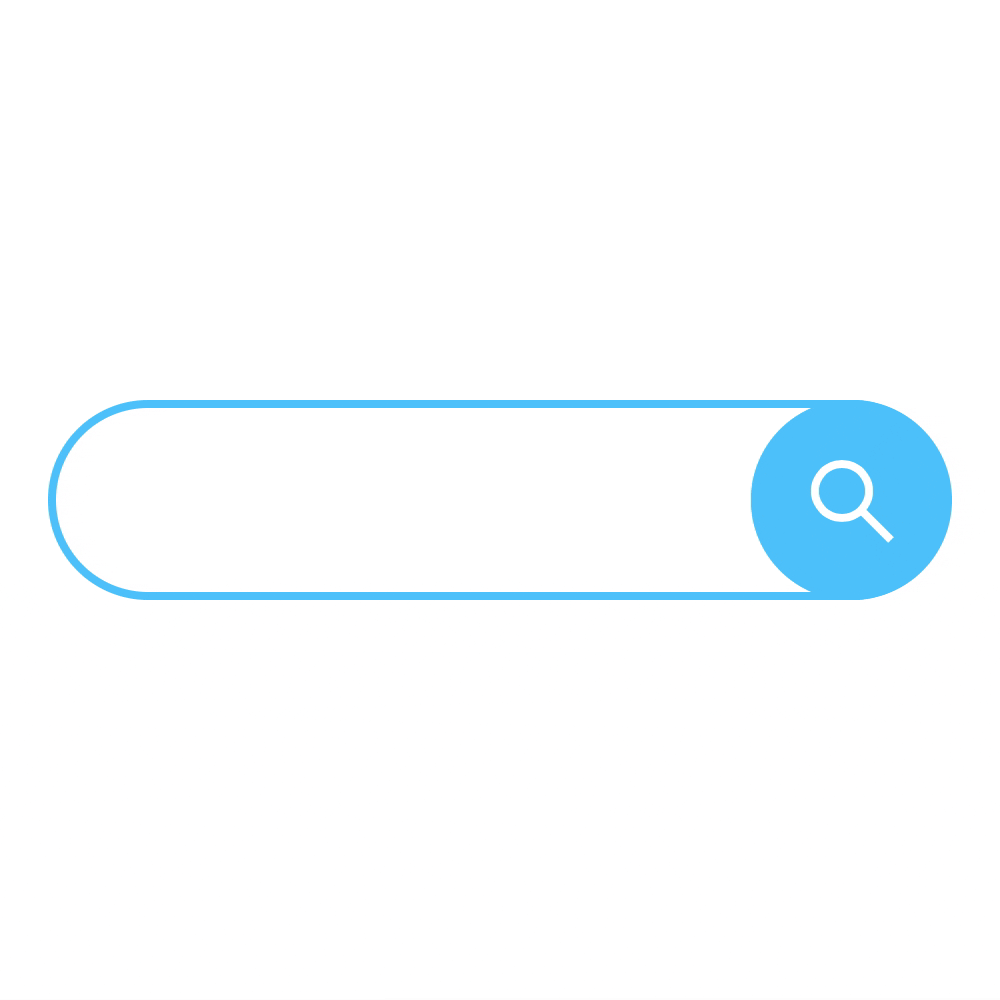ISO 9001
ISO 9001
ISO 9001 is the international standard that specifies requirements for a quality management system (QMS). Organizations use the standard to demonstrate the ability to consistently provide products and services that meet customer and regulatory requirements. It is the most popular standard in the ISO 9000 series and the only standard in the series to which organizations can certify.
ISO 9001 was first published in 1987 by the International Organization for Standardization (ISO), an international agency composed of the national standards bodies of more than 160 countries. The current version of ISO 9001 was released in September 2015.
Who should use the ISO 9001:2015 – quality management systems revision?
ISO 9001:2015 applies to any organization, regardless of size or industry. More than one million organizations from more than 160 countries have applied the ISO 9001 standard requirements to their quality management systems.
Organizations of all types and sizes find that using the ISO 9001 standard helps them:
Organize processes
Improve the efficiency of processes
Continually improve
All organizations that use ISO 9001 are encouraged to transition to ISO 9001:2015 as soon as possible. This includes not only organizations that are certified to ISO 9001:2008, but also any organizations involved in training or certifying others.
Guidance on transitioning to ISO 9001:2015 can be downloaded from the International Accreditation Forum (IAF).
What topics does ISO 9001:2015 cover?
ISO 9001 is based on the plan-do-check-act methodology and provides a process-oriented approach to documenting and reviewing the structure, responsibilities, and procedures required to achieve effective quality management in an organization. Specific sections of the standard contain information on topics such as:
Requirements for a quality management system, including documentation of a quality manual, document control, and determining process interactions
Responsibilities of management
Management of resources, including human resources and an organization’s work environment
Product realization, including the steps from design to delivery
Measurement, analysis, and improvement of the QMS through activities like internal audits and corrective and preventive action
Looking for a longer introduction to the ISO 9001 standard and the process approach?
Read these popular open-access articles from QP magazine:
ISO 9001 Made Easy
The Process Approach to QMS in ISO 9001 and 9004
Changes introduced in the 2015 revision are intended to ensure that ISO 9001 continues to adapt to the changing environments in which organizations operate. Some of the key updates in ISO 9001:2015 include the introduction of new terminology, restructuring some of the information, an emphasis on risk-based thinking to enhance the application of the process approach, improved applicability for services, and increased leadership requirements.
See a collection of featured resources providing more details on ISO 9001, including materials you can use to prepare for the transition to ISO 9001:2015.
How do I get started with ISO 9001:2015?
Organizations and individuals that use ISO 9001 are encouraged to transition to the 2015 revision as soon as possible. However, the International Accreditation Forum (IAF) and the ISO Committee on Conformity Assessment (CASCO) have agreed to a three-year transition period from the publication date of ISO 9001:2015.
Whether you are beginning your ISO 9001 journey or transitioning to the 2015 revision, your first step is to purchase a copy of ISO 9001:2015.
What are the benefits of ISO 9001?
ISO 9001 helps organizations ensure their customers consistently receive high quality products and services, which in turn brings many benefits, including satisfied customers, management, and employees.
Because ISO 9001 specifies the requirements for an effective quality management system, organizations find that using the standard helps them:
Organize a QMS
Create satisfied customers, management, and employees
Continually improv








